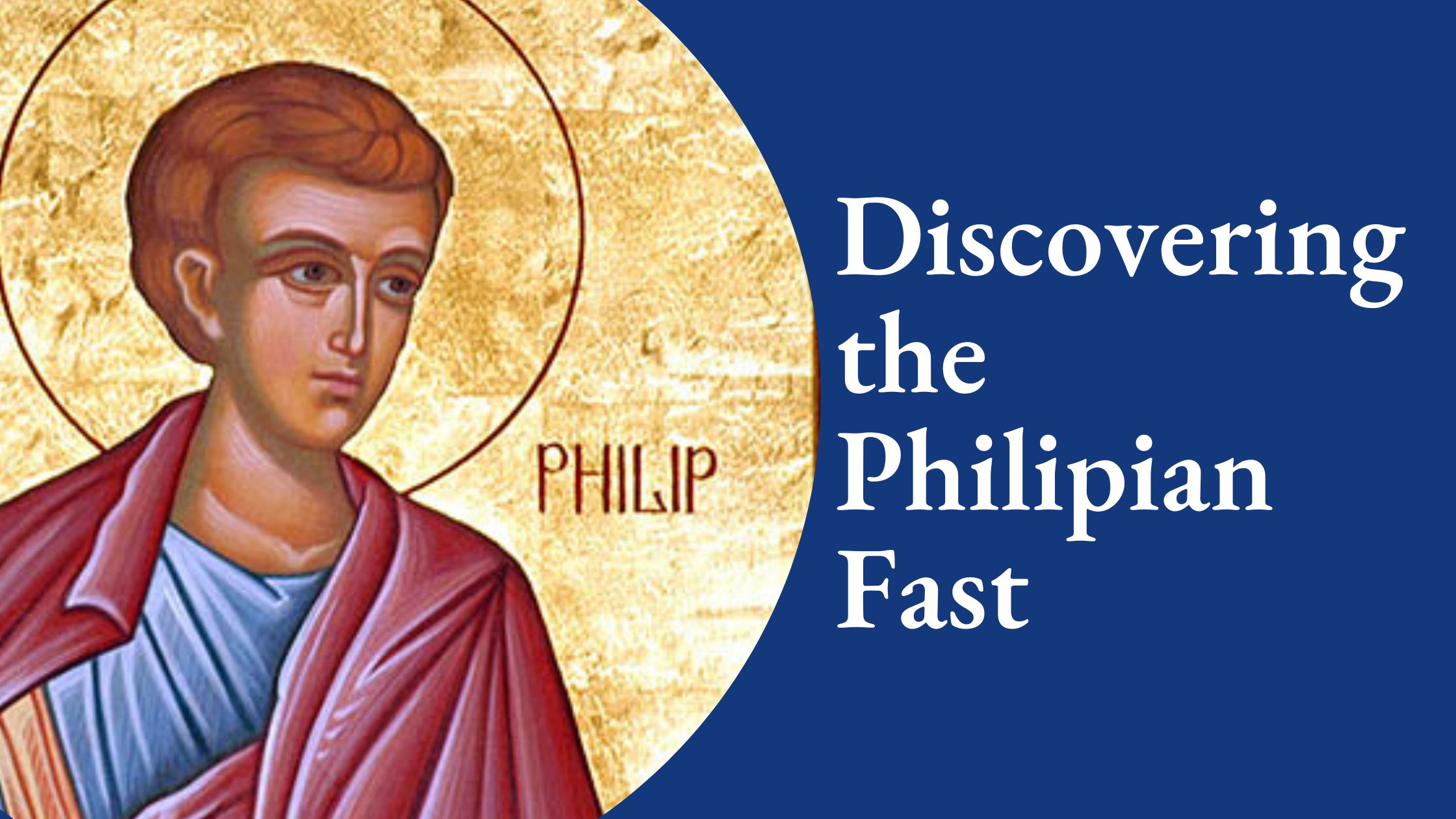In the vibrant tapestry of Ukrainian Catholic Church traditions, the Philipian Fast often stands in the shadow of its more widely recognized counterpart, the Great Fast before Pascha. This 40-day period of preparation holds a unique significance, serving as an ancient practice to ready believers for the Incarnation and Theophany of the Lord Jesus Christ. In this blog article, we delve into the theological significance of the Philipian Fast and the accompanying customs that enrich this spiritual journey.
Understanding the Philipian Fast
While the Nativity and Theophany events may seem less prominent compared to Pascha, the Philipian Fast plays a crucial role in spiritually preparing individuals for the Incarnation and the public ministry of Christ. Distinct from the more structured Great Fast, the Philipian Fast lacks public events, leading to a gradual decline in its practice. Yet, its theological significance makes it a valuable component of Ukrainian Catholic traditions.
Theological Significance
Linking the birth and public ministry of Christ, the Philipian Fast serves as a spiritual bridge, preparing believers to receive Christ into the world and embark on His public ministry. It acts as a precursor to Theophany, where Christ begins to reveal the mysteries of God, notably the Mystery of the Trinity. The journey of the Philipian Fast enriches the spiritual experience, fostering a sense of readiness for the profound mysteries that unfold during this sacred season.
Symbolism of St. Philip’s Fast
To enhance the fasting experience, practitioners engage in various activities such as prayer, Scripture reading, church attendance, and participation in sacraments. A meaningful practice involves the use of a Pylypivka wreath, a symbolic and spiritual tool that symbolizes the eternal nature of God. The wreath, adorned with evergreen branches and candles, represents Christ as the light of the world, each candle holding a specific meaning. The Pascal candle, representing Christ, is lit alongside others on Christmas Eve or Christmas Day.
The Journey of St. Philip’s Fast
Commencing on November 15, following the feast of St. Philip on November 14, the fast unfolds with key milestones. These include the feast of the Holy Apostle and Evangelist Matthew on November 16, the Entrance of the Mother of God into the Temple on November 21, and the Feast of the Holy Apostle Andrew the First-Called on November 30. As the fast progresses, significant dates include the Feast of St. Nicholas the Wonderworker on December 6, the Feast of the Conception of St. Anna on December 9, and Sundays dedicated to Holy Ancestors in Faith (December 11-17) and the Genealogy of Jesus Christ (December 18-24).
Connecting with Ukrainian Catholic Traditions
On November 15, the Church issues an invitation for believers to prepare for the Feast of the Nativity. Throughout the 40-day period, additional announcements guide individuals on how to focus their attention and spiritually renew themselves. Special days, such as the feast of St. Andrew the Apostle and St. Nicholas the Wonderworker, feature hymns that speak of the impending birth of Jesus, psychologically preparing the congregation for the Nativity.
In conclusion, the Philipian Fast emerges as a profound journey of spiritual preparation, adorned with symbolic practices and marked by key feasts and events. While it may not enjoy the same widespread recognition as the Great Fast, its significance in bridging the Nativity and Theophany makes it a practice worth preserving and embracing. Lighting each candle on the Pylypivka wreath becomes a reflection on the eternal light of Christ, preparing hearts for the profound mysteries of God’s Son, the Light of the world. As we connect with the richness of Ukrainian Catholic traditions, the Philipian Fast stands as a testament to the enduring spiritual legacy that shapes the faith and lives of believers.

